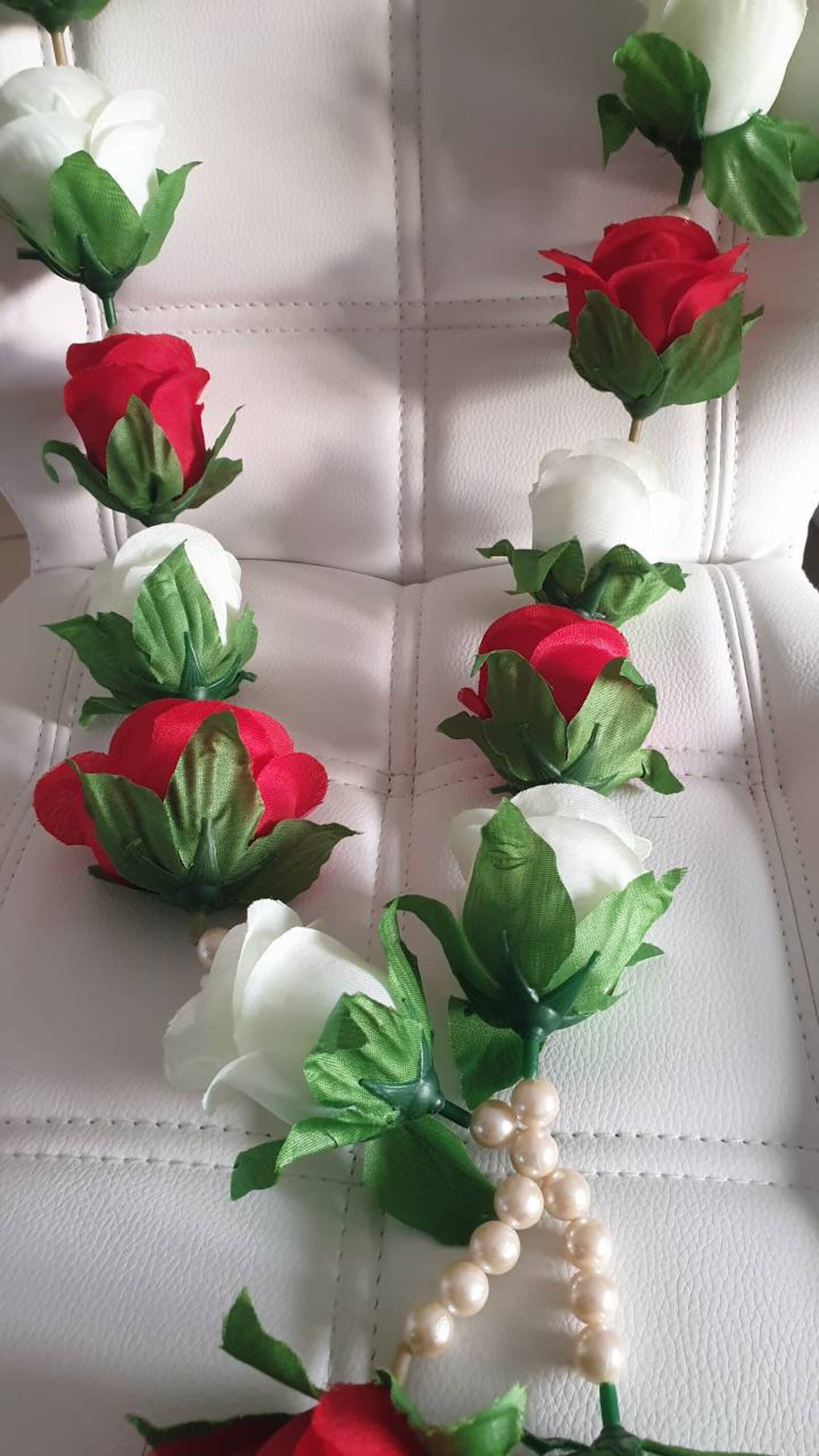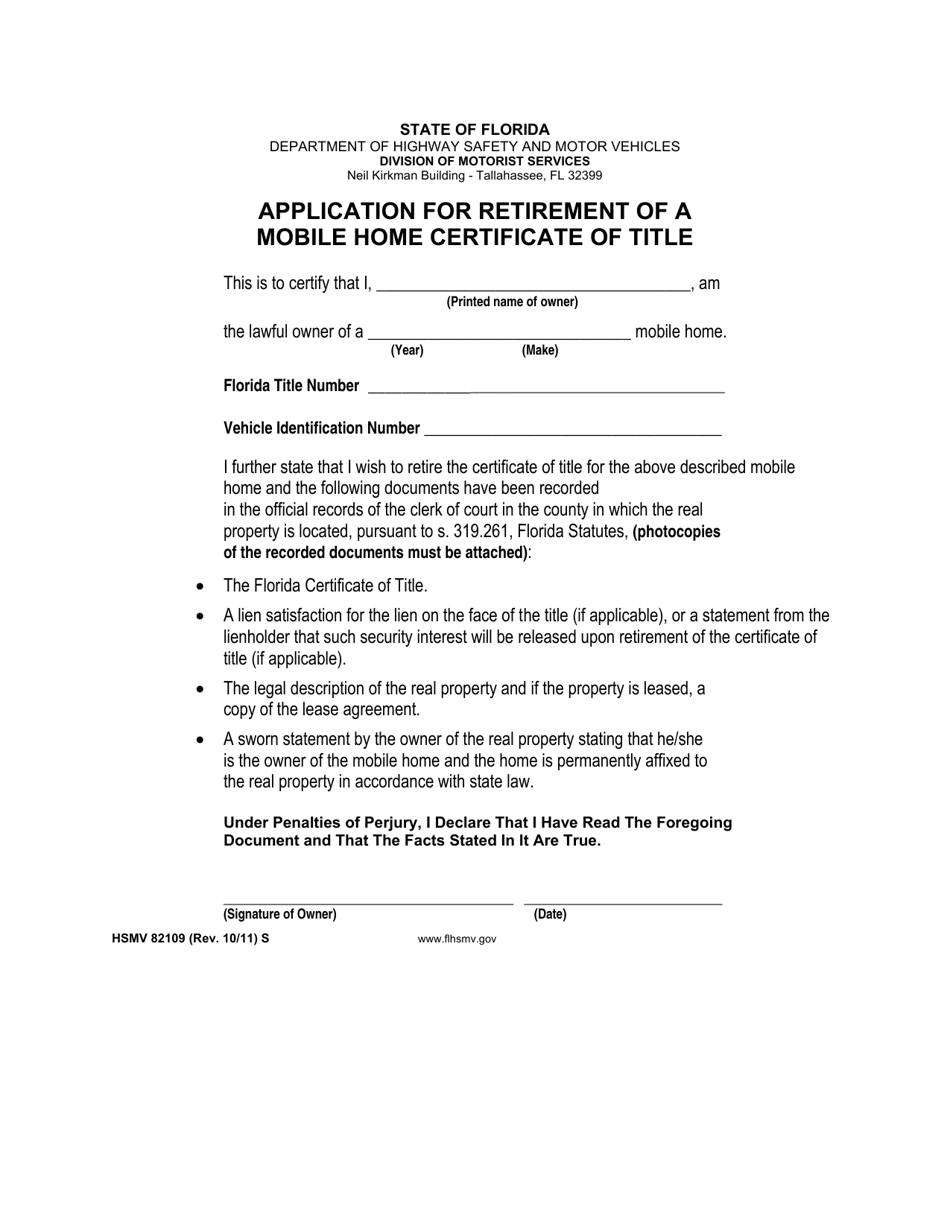Table of Content
During this time, the couple prepares to be officially wed and initiate a major life moment together. It notifies the couple that they are about to form a promise between one another and the guru that this is the lifestyle they intend to live together. There is one ardas in the beginning and one at the end, right before langar. The wedding party and the newlyweds walk down the aisle in reverse order of which they came in. Flower girls usually sprinkle petals as they walk down the aisle, or guests can be given either rice to throw or blow bubbles at the couple as they walk past.

The mother of the bride welcomes the groom with an aarti, or prayer, and welcomes him to the ceremony. After receiving the blessings of his elders, the groom is escorted by the parents of the bride to the Mandap accompanied by his parents and groomsmen. Hastamelap, a physical joining of the bride’s and groom’s right palms, constitutes a very important aspect of the wedding ceremony. While chanting slokas , the priest places sacred betel nut in the groom’s right palm, then places the bride’s right palm on top of the groom’s right palm, and finally covers the palms with a red cloth. The priest proclaims that the union has the approval of the families, and is conducted in the presence of family, friends and the community. Many of the rituals in the Hindu Wedding ceremony stem from the The Vedas, the oldest of Hindu Scriptures, and are chanted in Sanskrit.
Muslim Wedding Ceremony Order
The priest will offer guests peace and will encourage guests to do the same. Attendees turn to their neighbors and greet each other with a sign of peace, typically a handshake. If you are unable to fit all your loved ones into the bridal party, assign them to readings instead, which are a big part of the mass. Otherwise, assign them to bring gifts to the altar as part of the offertory. This marks the end of the ceremony where you bless each other by showering each other with rice, saffron, and turmeric. The groom is greeted by the parents of the bride and her closest friends during the milni.

You recite your vows to each other under the structure, which represents the creation of a new Jewish home. You could be accompanied by your parents under the chuppah or stand alone. This is where the officiant pronounces you married and turns to the guests to introduce the married couple for the first time and encourages guests to applaud and celebrate the newlyweds.
Hindu Wedding Ceremony Order
"Haldi is a Hindi word for the spice of turmeric," explains Katy Haley of Bridal Bliss. "This spice is incredibly healing and is utilized for a prewedding cleansing and purification ritual. First, the turmeric is created into a paste and rubbed in different areas of the body." To learn more about Sikh wedding traditions, we consulted experts Dr. Simran Jeet Singh and Lakhpreet Kaur. Singh explains, “Sikhi is a distinct religious tradition with its own practices that play out in a wedding ceremony." Though they are typically recited by the officiant, you may choose family members and honored guests to recite the text in Hebrew or English. At this auspicious moment, the Sumuhurtham, Suchita and Rabinder place a special paste on each other’s heads.

With the bride on the left side, her maid or matron-of-honor stands directly next to her before the rest of her bridesmaids follow. While there are no rules when it comes to the order of your bridesmaids and groomsmen, considering the pairs who will walk down the aisle together may help the order fall into place. After the vows, you each place a ring on the other's finger to symbolize your marriage. You may also opt to recite vows specific to the rings if you like, but it's not needed.
The Processional
Everyone rises as the priest reads a select passage from one of the gospels from the four evangelists Mark, Matthew, Luke, and John. While gospel reading selections tend to be based on the liturgical calendar, the priest may opt to read a passage on marriage or love. Suchita and Rabinder then participate in the Arundhathi Darshana. The sight of these great sages reminds the couple of the heritage they are a part of and the debt they owe to these sages. Suchita and Rabinder tie sacred yellow threads, fastened to a piece of turmeric to each other’s wrists as protection from obstacles. The Priest uses three sacred vessels filled with turmeric, vermilion and water, and covered with a coconut, to sanctify the site and the articles of the ceremony.

Ganesh is welcomed to the Mandap, for the first time, accompanied by Amanda’s father and the baraat. Amanda’s father then welcomes Ganesh by first offering him a seat. Prayers are offered to Lord Ganesha, the lord of good beginnings and remover of all obstacles. The older brother of Ganesh, garlands Amanda with a mala of woolen threads symbolizing his promise to protect her at all times and treat her as his own sister.
Should I work with an officiant or wedding planner while planning my ceremony order?
The women are then greeted with cha and barfi, assorted Indian sweets, and dance around as many homes throughout the night. It’s definitely a loud and joyous ceremony that celebrates the bride joining another home and embarking on a new journey with her husband. Sikhia is another major aspect of the Anand Karaj, in which a community member with wisdom and experience will sit before the couple. They will offer guidance on what the religious tradition teaches and what marriage means from a Sikh perspective, according to Dr. Singh.

The bride and groom exchange brightly colored garlands in a tradition called the jai mala, which symbolizes the joining of two families. In the kanyadaan part of the ceremony, the bride's parents give the bride away to the groom. The Laaja Homam ritual is next, so the bride must pour rice into the agni, the sacred fire, with help from a male family member and the groom to symbolize prosperity and the joining of families.
You may choose to do a handfasting ritual, jump the broom, pour sand, create a time capsule, or even plant a tree, among others. For non-religious ceremonies, you may assign guests to read prayers, your favorite passages from novels, favorite poems, or even meaningful quotes. Jewish wedding ceremonies are conducted under a beautiful four-poled canopy structure called a chuppah.

This is where the congregation joins in to sing or recite the Kyrie and the Gloria hymns. This is when the officiant addresses you and talks about the responsibilities of marriage and the sanctity of the vows you're about to take. From there, if you are including readings of any sort in your ceremony, readers will be invited up to share a few words. You could have your officiant introduce each reading and reader or have things flow more naturally between readers.













